Really Folded
On 02/07/2021 Samsung Electronics filed a patent application for a “Multi-Folding Electronic Device” with WIPO (World Intellectual Property Organization), a United Nations agency that includes members from 93 countries (including the US and China) and has been administering international IP since 1967 and helps to connect IP systems from member countries to a global system (patentscope).
The patent shows a number of ‘embodiments’ or potential physical set-ups that look like a typical laptop in they have a screen and a keyboard, but then allows both the screen and the keyboard to be folded on hinges reducing the size of the device to 25% when closed. Extrapolating on such a device would allow for a typical 15.6” (diagonal) folded laptop to have a screen (unfolded) that is 7.65” tall and 27.2” wide, along with a similar size keyboard, which could then be folded into a 7.65” x 13.6” form, the same as a typical laptop, or, if you wanted to go in the other direction, a typical 15.6” laptop could be folded into a 7.65” x 6.8” rectangle, ¼ of the size when fully open, making it much easier to carry.
Most foldable laptops that exist currently either have a virtual keyboard that takes up the bottom of the screen when unfolded, reducing viewing real estate, or uses an attached keyboard that is separate from the device. Samsung’s patent allows for a real keyboard, something quite desirable for those who write rather than play games, and a large screen that could act as a virtual desktop. Of course, such a device would not be cheap, if it appeared at all, but would be quite practical in either configuration, which makes it notable in our view.
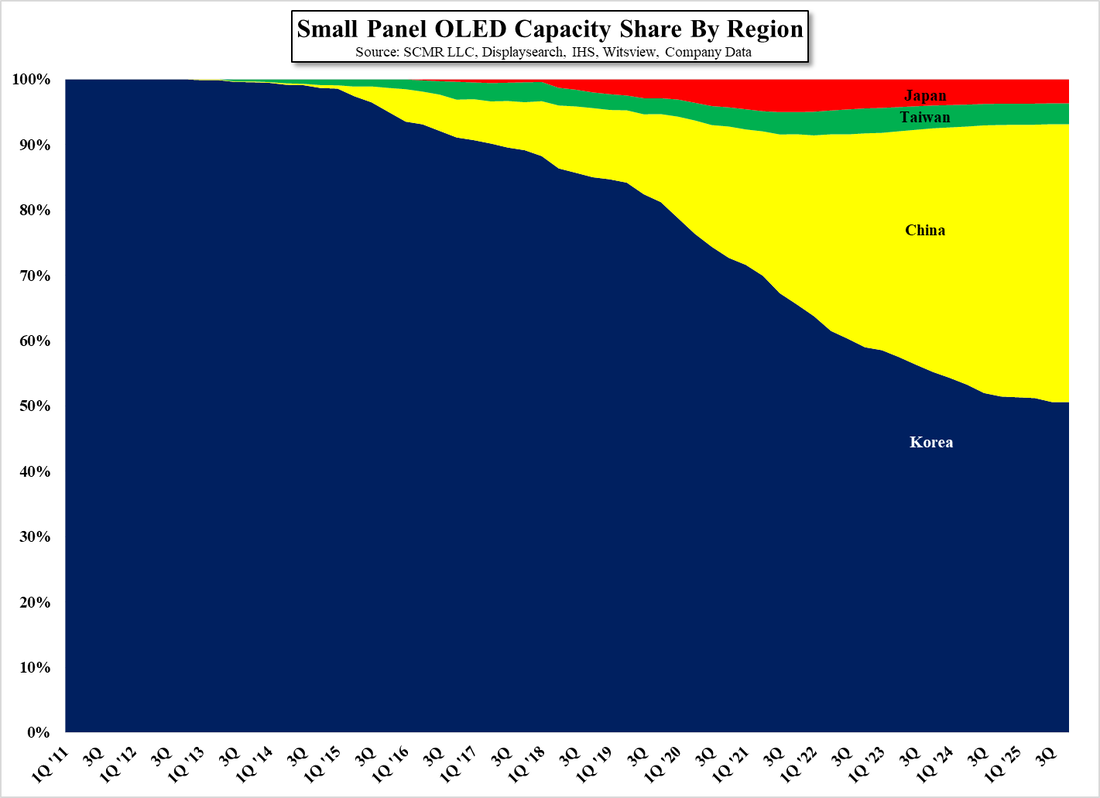











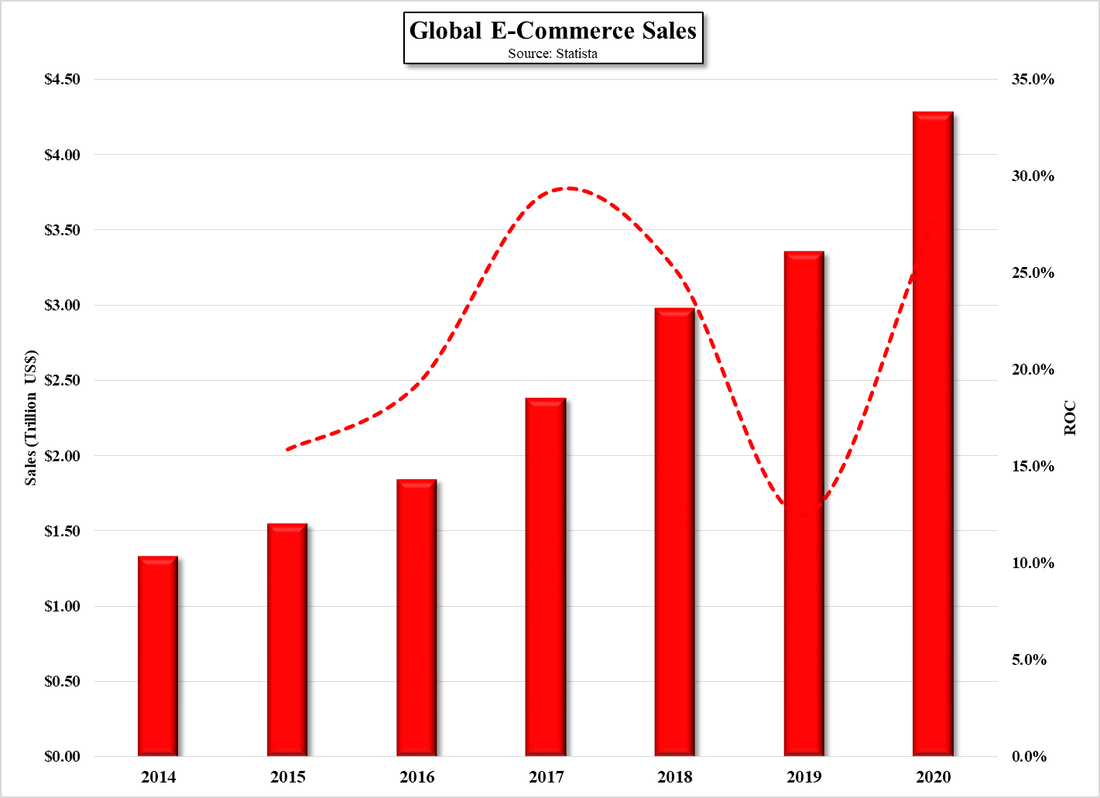
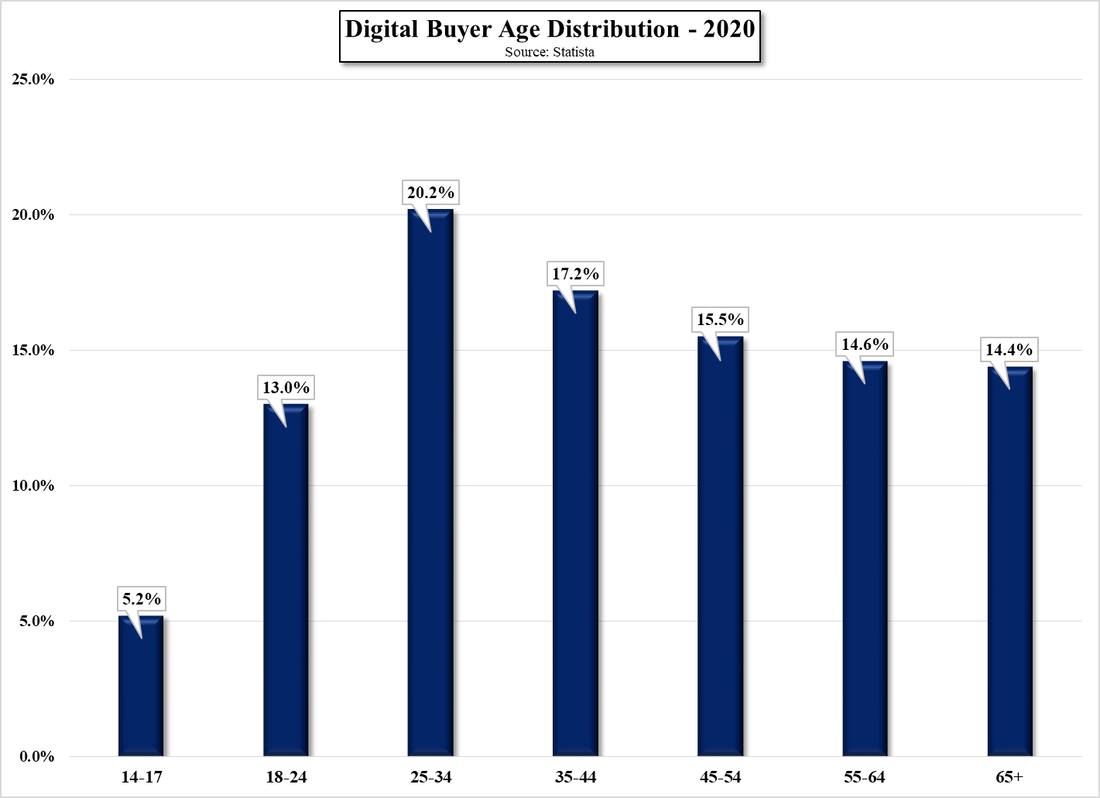






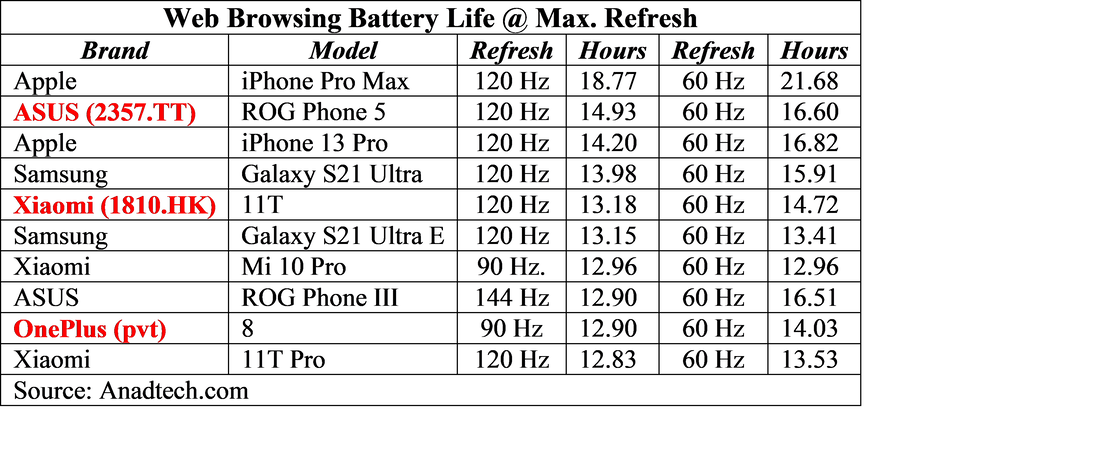
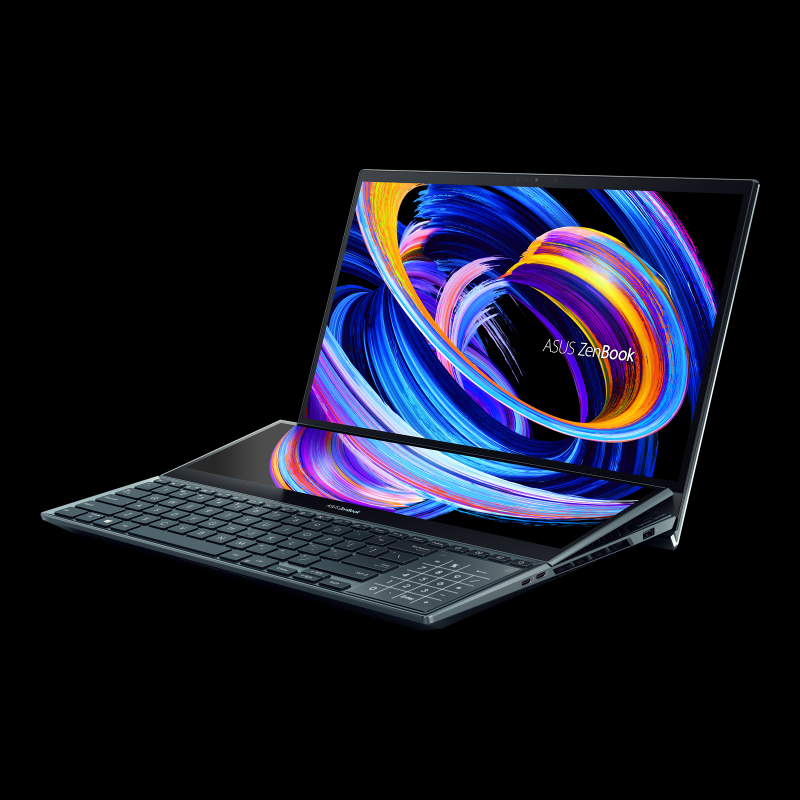
 RSS Feed
RSS Feed